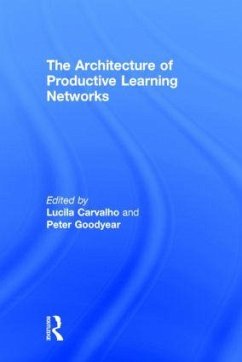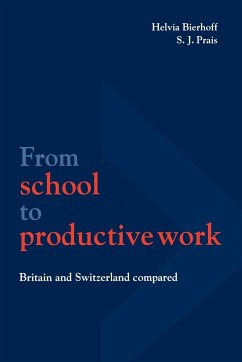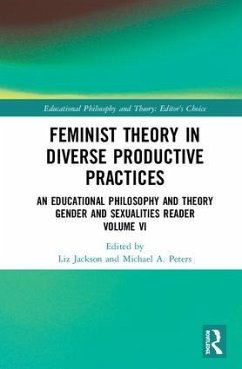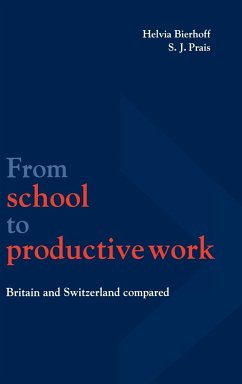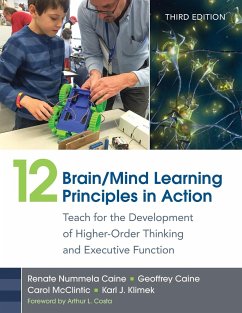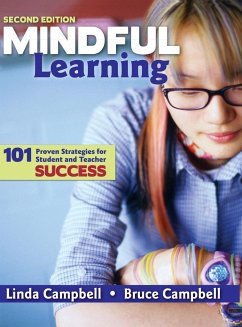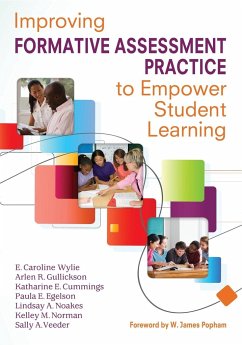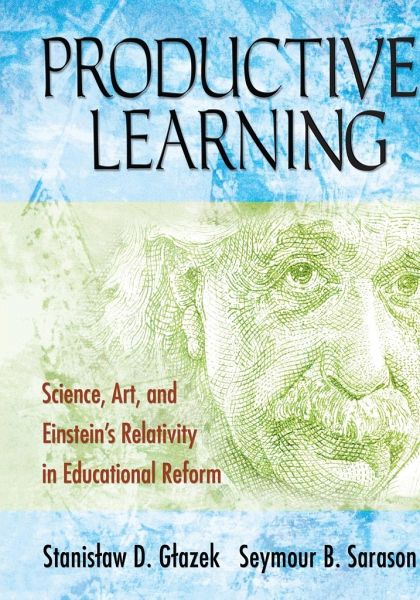
Productive Learning
Science, Art, and Einstein's Relativity in Educational Reform
Versandkostenfrei!
Versandfertig in 1-2 Wochen
38,99 €
inkl. MwSt.

PAYBACK Punkte
19 °P sammeln!
This unique resource promotes the creation of productive learning contexts, which allow students to bring all that they are to the learning process, as essential to successful educational reform.





